Sparidi - Sparidae
Bogue - Boops boops
Gilt-head bream - Sparus Aurata
Picarel - Spicara smaris
Saddled seabream - Oblada melanura
Salema - Sarpa salpa
Sand steenbras or striped seabream - Lithognathus Mormoryus
Sargo or White seabream - Diplodus Sargus
Greater bream - Diplodus sargus sargus
Sarago sparaglione - Diplodus annularis
Sargo Picudo - Diplodus puntazzo
Two-banded sea bream - Diplodus vulgaris
Zebra sea bream - Diplodus cervinus
Tanuta - Cantaro - Spondyliosoma cantharus
La famiglia degli Sparidi (Sparidae) comprende 125 specie di pesci d’acqua salata appartenenti all’ordine Perciformes. Sparidi Sparidae comprende 125 specie pesciappartenenti all’ordine Perciformes

Distribuzione e habitat
Gli sparidi sono diffusi in tutte le acque temperate e tropicali del mondo, compreso il Mar Mediterraneo, dove sono estremamente comuni e, spesso, costituiscono la maggior parte della fauna ittica delle aree costiere. La zona dove sono rappresentati dal maggior numero di specie è però il Sudafrica. Alcuni sparidi sono eurialini e possono trovarsi in acque salmastre o dolci. Sono più frequenti nelle zone costiere ma si possono trovare, anche in gran numero nel circalitorale.
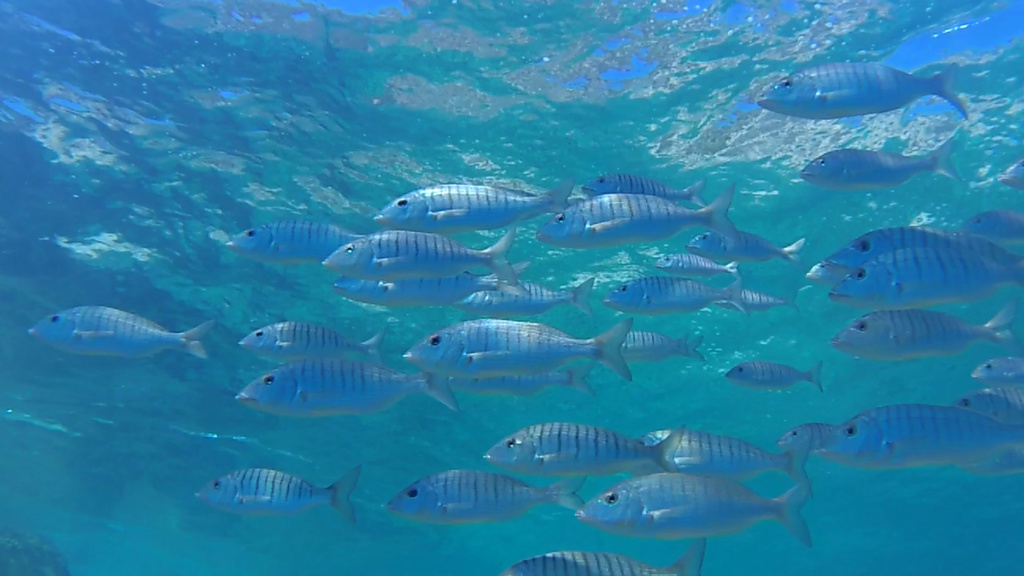
Descrizione
La forma degli sparidi è solitamente abbastanza uniforme: il corpo è allungato, compresso ai fianchi ed abbastanza alto. La pinna dorsale presenta i primi raggi spinosi. La coda ha il margine dritto oppure bilobato. I denti sono solitamente molto ben sviluppati, possono essere caniniformi, molariformi od incisiviformi. La livrea è fondamentalmente argentea con macchie, strisce e punti scuri che costituiscono un carattere di fondamentale importanza per riconoscere le specie. Gli sparidi di acque più profonde spesso hanno un colore di fondo rosso o rosato.
Riproduzione
Molte specie sono ermafrodite: presentano cioè organi sessuali maschili e femminili, tuttavia le gonadi dei due sessi maturano in periodi diversi per cui si accoppiano fecondandosi vicendevolmente con un altro partner. Altre specie invece nascono come esemplari maschili e invecchiando si trasformano in femmine (ermafroditismo proterandro), mentre altre ancora si trasformano in maschi se nel gruppo vengono a mancare.
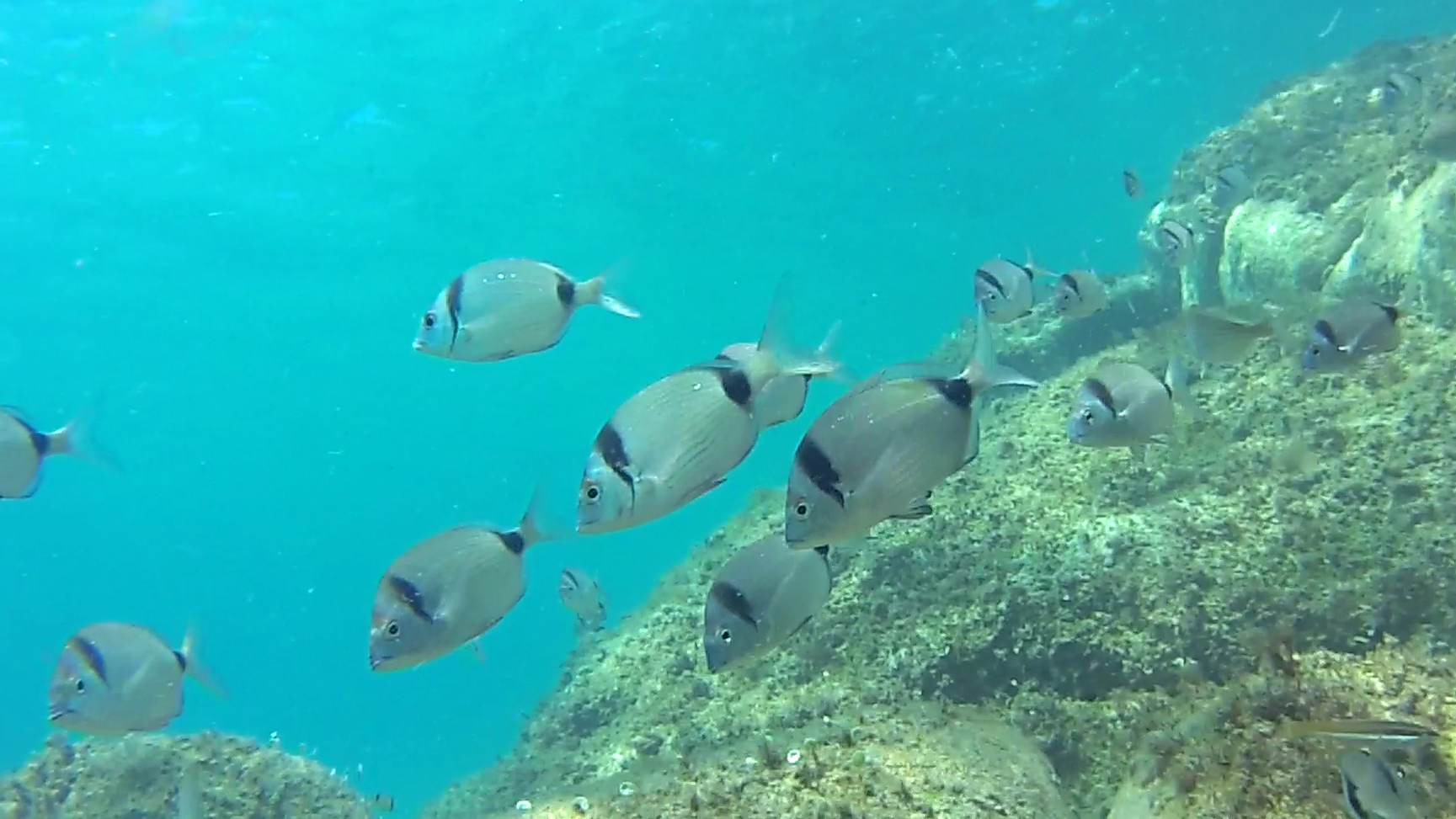
Alimentazione
La maggior parte delle specie è carnivora e si nutre di invertebrati, anche a guscio molto duro come crostacei o molluschi bivalvi. Solo alcune specie di grandi dimensioni catturano piccoli pesci. Molte specie aggiungono alla loro dieta materiale vegetale; in certi sparidi (come la salpa) la componente vegetale costituisce la grande maggioranza della dieta.
Generi
Alcune delle specie più comuni sono: Diplodus sargus sargus (Sarago reale o maggiore), Diplodus vulgaris (Sarago fasciato o testanera), Diplodus puntazzo (Sarago pizzuto), Diplodus annularis (Sparlotto o Sparaglione), Oblada melanura (Occhiata), Sarpa salpa (Salpa), Sparus aurata (Orata), Dentex Dentex (Dentice).
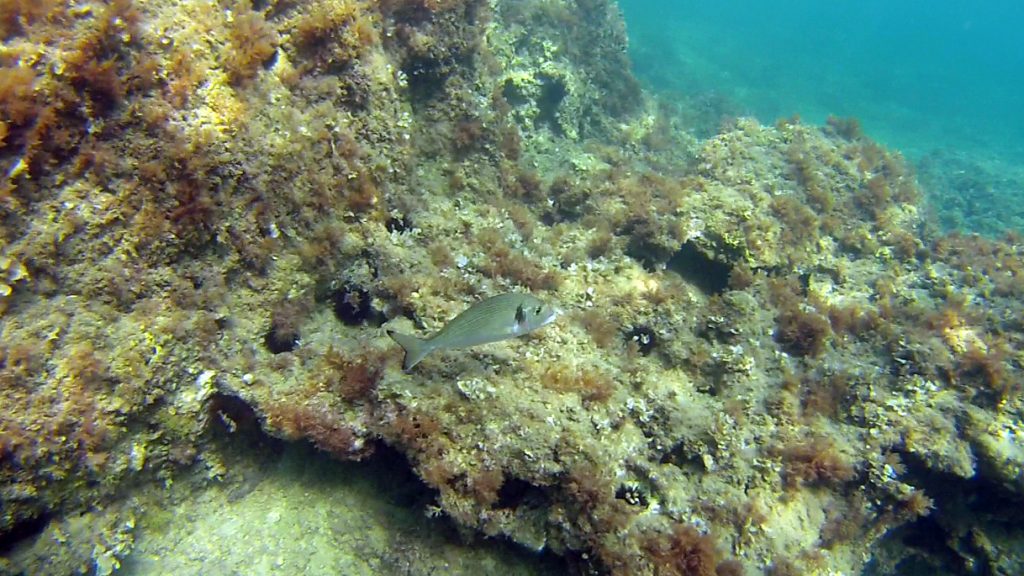
- Acanthopagrus Peters, 1855
- Allotaius Whitley, 1937
- Archosargus Gill, 1865
- Argyrops Swainson, 1839
- Argyrozona Smith, 1938
- Boops Cuvier, 1814
- Boopsoidea Castelnau, 1861
- Calamus Swainson, 1839
- Cheimerius Smith, 1938
- Chrysoblephus Swainson, 1839
- Chrysophrys Quoy & Gaimard, 1824
- Crenidens Valenciennes in Cuvier & Valenciennes, 1830
- Cymatoceps Smith, 1938
- Dentex Cuvier, 1814
- Diplodus Rafinesque, 1810
- Evynnis Jordan & Thompson, 1912
- Gymnocrotaphus Günther, 1859
- Lagodon Holbrook, 1855
- Lithognathus Swainson, 1839
- Oblada Cuvier, 1829
- Pachymetopon Günther, 1859
- Pagellus Valenciennes in Cuvier & Valenciennes, 1830
- Pagrus Cuvier, 1816
- Parargyrops Tanaka, 1916
- Petrus Smith, 1938
- Polyamblyodon Norman, 1935
- Polysteganus Klunzinger, 1870
- Porcostoma Smith, 1938
- Pterogymnus Smith, 1938
- Puntazzo Bleeker, 1876
- Rhabdosargus Fowler, 1933
- Sarpa Bonaparte, 1831
- Sparidentex Munro, 1948
- Sparodon Smith, 1938
- Sparus Linnaeus, 1758
- Spondyliosoma Cantor, 1849
- Stenotomus Gill, 1865
- Virididentex Poll, 1971
Comment (5)
Comments are closed.

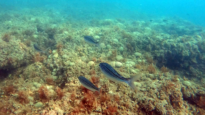
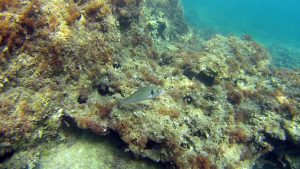
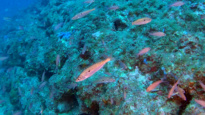
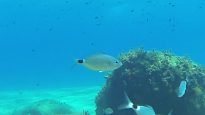
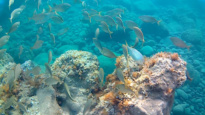
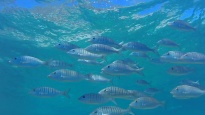
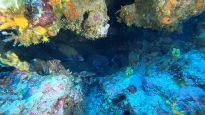
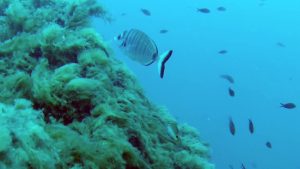
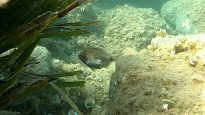
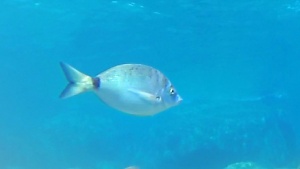
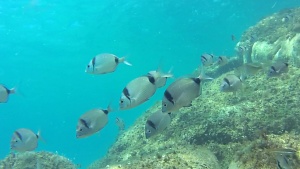
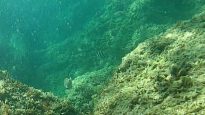
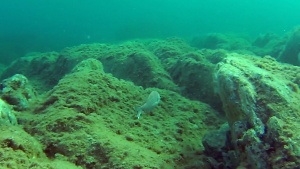
bookmarked!!, I really like your blog!
I was recommended this web site by my cousin.
I’m not sure whether this post is written by him as nobody else know such detailed about my trouble.
You’re incredible! Thanks!
What’s up to all, how is all, I think every one is getting more from
this website, and your views are pleasant in favor of new users.
Hello mates, its wonderful post regarding cultureand completely defined, keep it up all the time.
It is perfect time to make some plans for the long run and it’s time to be
happy. I have read this put up and if I could I want to suggest
you some fascinating issues or tips. Maybe you can write subsequent articles referring to
this article. I wish to read more issues approximately
it!